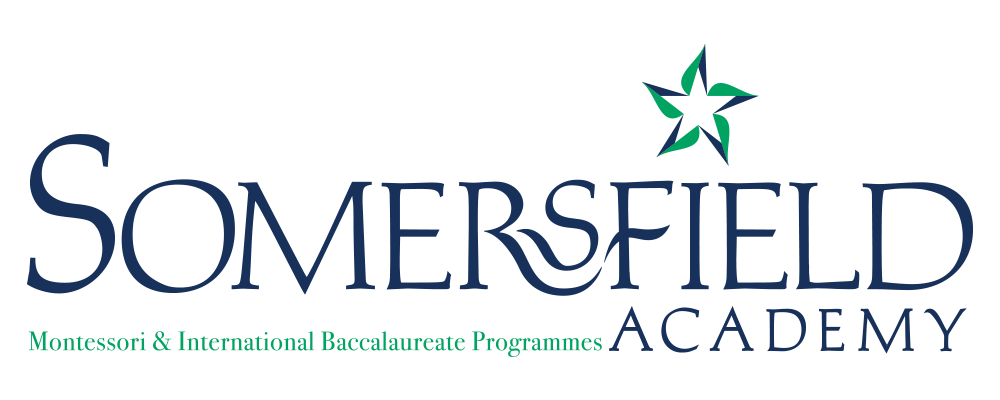The Montessori Approach to Cursive Handwriting
At Somersfield Academy, we have taught cursive handwriting since our inception—and for good reason. Rooted in both Montessori philosophy and modern research in neuropsychology, cursive writing supports the way children naturally learn to read, write, and think.
Dr Maria Montessori chose to begin with cursive writing because she recognised that the gentle curves and continuous motion of cursive letters follow the natural movements of a child’s developing hand. In contrast, print script often requires abrupt stops and difficult straight lines or perfect circles—some of the hardest motions for a young child to execute. Lowercase cursive script eliminates unnecessary motor strain, supports fluid motion, and builds writing confidence earlier.
“A straight stroke is the most difficult to make. Only an accomplished writer can fill out a page with regular strokes, whereas a person who is only moderately proficient can cover a page with presentable writing.”
Cursive writing makes sense for children. Every letter begins on the baseline, and the pencil rarely leaves the paper—building rhythm, focus, and flow. Most importantly, it dramatically reduces common letter reversals (like b, d, p, and q), which often frustrate young learners when reading and spelling.
By connecting letters into words, cursive also helps the child mentally group letters as single units. This not only improves legibility but enhances the child’s grasp of word structure and sentence formation.
Studies from the Norwegian University of Science and Technology (2020) show that handwriting—especially cursive—activates brain regions linked to memory, sensory processing, and learning. EEG data revealed that the act of writing by hand primes the brain for deeper cognitive engagement than typing or tracing. Earlier MRI research (James & Engelhardt, 2012) also found that handwriting helps build the neural circuits necessary for reading acquisition.
Children who learn cursive first do not remain limited to one script. On the contrary, they tend to develop an innate curiosity about all forms of writing and transition easily to reading print, broadening their reading fluency and deepens their enjoyment of language.
At Somersfield, we believe cursive handwriting is more than a tradition—it is a developmentally sound, research-backed tool that strengthens literacy, confidence, and cognition in young learners. That is why we continue to teach it.



